Ranging in size from the experimental Mini Bee , a 250kg technology demonstration spacecraft, through the Honey Bee, capable of capturing a 10m asteroid and extracting its resources, to the Queen Bee, capable of capturing a 40m asteroid for resource extraction. All use an asteroid containment system similar to that proposed for the original Asteroid Redirect Mission, optical mining for resource extraction, and a water based Omnivore™ Thruster system for propulsion. A variant called the Worker Bee, can serve as an orbital transfer vehicle, transporting items to high Earth orbits and beyond, potentially even to Mars.
Get the latest international news and world events from around the world.

Frontier AI: How far are we from artificial “general” intelligence, really?
Some call it “strong” AI, others “real” AI, “true” AI or artificial “general” intelligence (AGI)… whatever the term (and important nuances), there are few questions of greater importance than whether we are collectively in the process of developing generalized AI that can truly think like a human — possibly even at a superhuman intelligence level, with unpredictable, uncontrollable consequences.
This has been a recurring theme of science fiction for many decades, but given the dramatic progress of AI over the last few years, the debate has been flaring anew with particular intensity, with an increasingly vocal stream of media and conversations warning us that AGI (of the nefarious kind) is coming, and much sooner than we’d think. Latest example: the new documentary Do you trust this computer?, which streamed last weekend for free courtesy of Elon Musk, and features a number of respected AI experts from both academia and industry. The documentary paints an alarming picture of artificial intelligence, a “new life form” on planet earth that is about to “wrap its tentacles” around us.
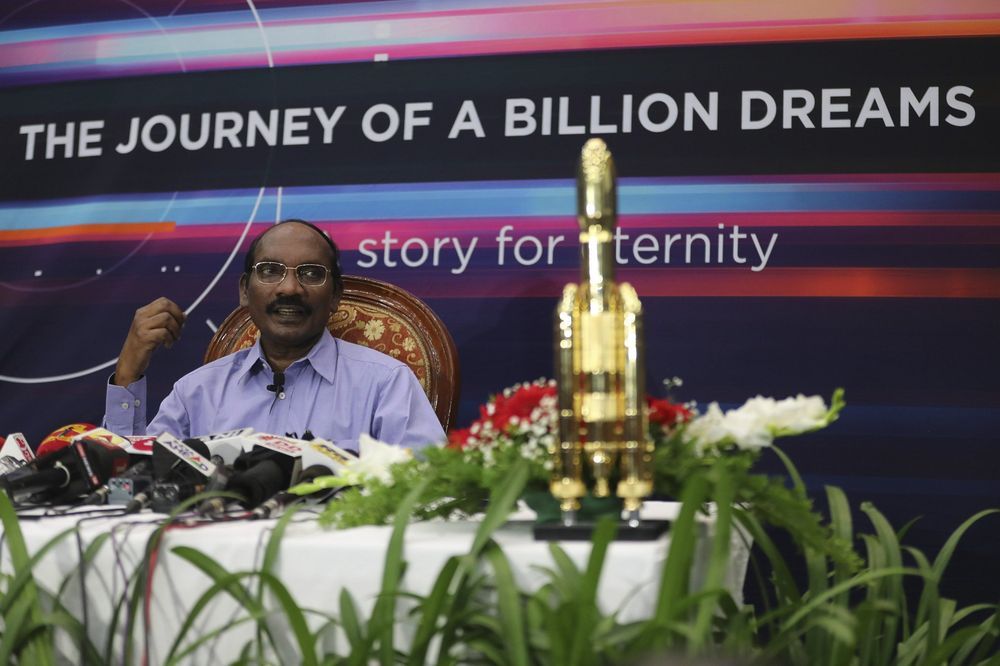
Indian spacecraft launched last month is now orbiting moon
NEW DELHI (AP) — An unmanned spacecraft India launched last month began orbiting the moon Tuesday as it approaches the lunar south pole to study previously discovered water deposits.
The Indian Space Research Organization said it successfully maneuvered Chandrayaan-2, the Sanskrit word for “moon craft,” into lunar orbit, nearly a month after it left Earth. The mission is led by two female scientists.
Chandrayaan will continue circling the moon in a tighter orbit until reaching a distance of about 100 kilometers (62 miles) from the moon’s surface.
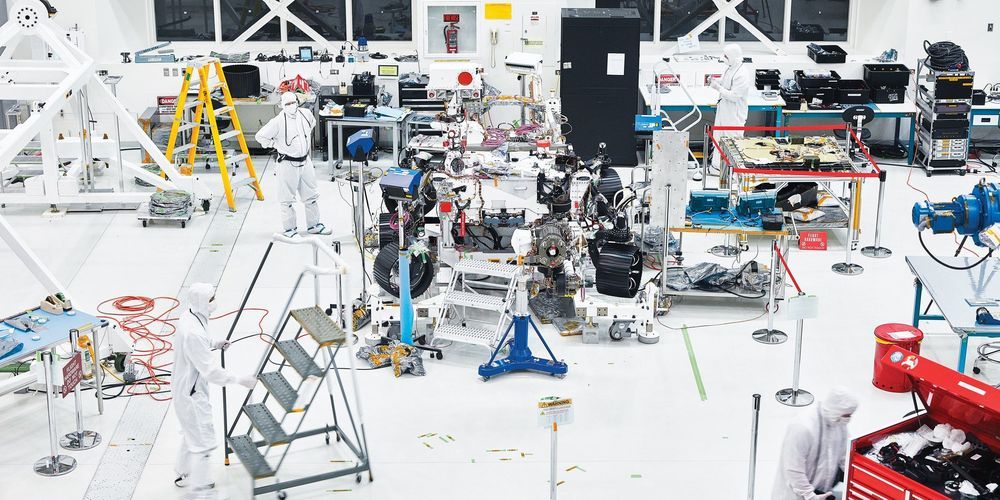
NASA’s Next Martian Rover Is Almost Ready to Rock
If there’s life on the red planet, our best hope of finding it may be this rock-hungry rover, currently in its final stages of construction (really!) at NASA’s Jet Propulsion Laboratory in Pasadena, California. Next summer, the Mars 2020 rover will be deployed to the Jezero Crater, where it will land in 2021 and spend more than a year prowling the planet’s surface.
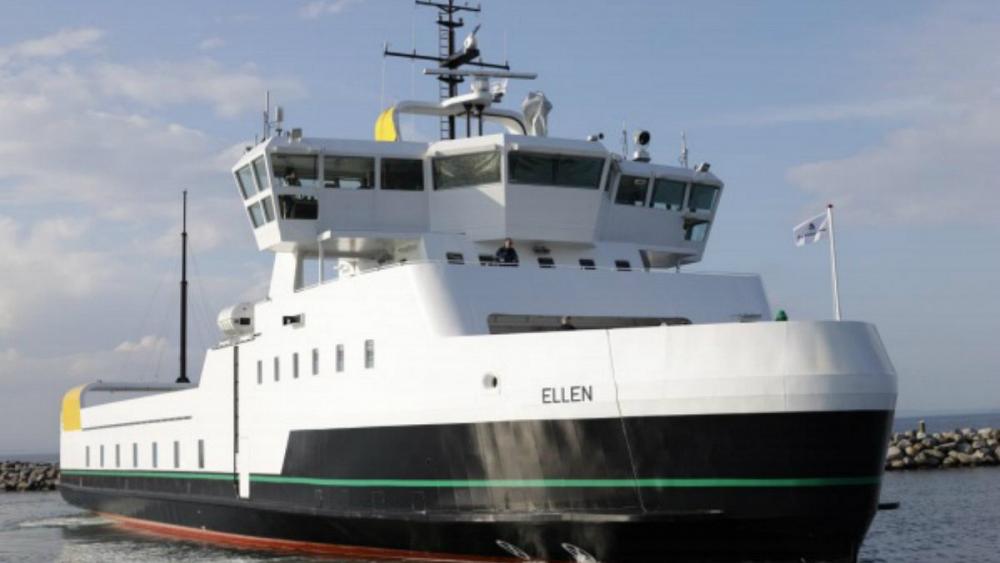
World’s largest all-electric ferry sets sail in Denmark
The world’s largest all-electric ferry completed its first voyage with passengers last week in Denmark.
The Ellen sailed between the southern Danish ports of Fynshav to Soby, on the island of Aero.
The e-ferry is capable of carrying 30 vehicles and 200 passengers and is powered by a battery “with an unprecedented capacity” of 4.3MWh, according to Swiss battery maker Lechanché which provided the system.
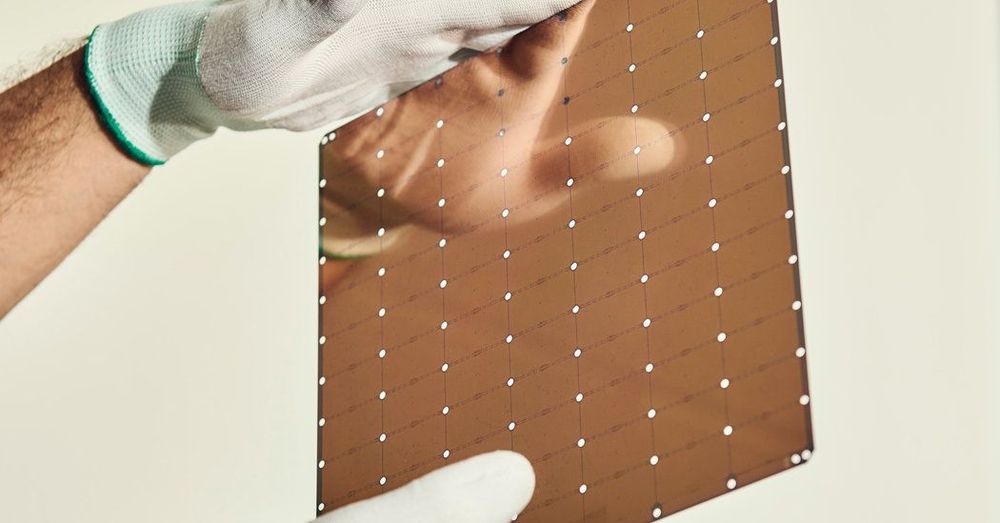
Electronic Alchemy develops multi-material electronics 3D printer for NASA
3D printer manufacturer Electronic Alchemy has developed a system capable of additive manufacturing fully functional electronics. Named eForge, NASA intends to use the system during planetary space missions to 3D print chemical sensors on demand. Following the launch of eForge, the company is also now designing a device to recycle 3D printed electronics, further reducing NASA’s need for resupply missions.

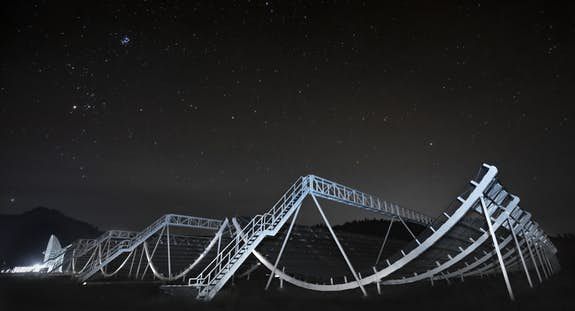
Lagonda All-Terrain Concept: Aston Martin electric SUV revealed at Geneva
► Second Lagonda concept ► All-electric, All-Terrain ► Revealed in full at Geneva
After kickstarting the Lagonda brand with the slick Vision Concept at the 2018 Geneva motor show, Aston Martin has returned to the 2019 Geneva motor show with an evolution of this idea called the All-Terrain Concept.
As you can probably guess from the name this new concept stands taller than last year’s Vision Concept, but retains the broad design strokes of its lower, svelte sibling. Not to mention its all-electric drivetrain.